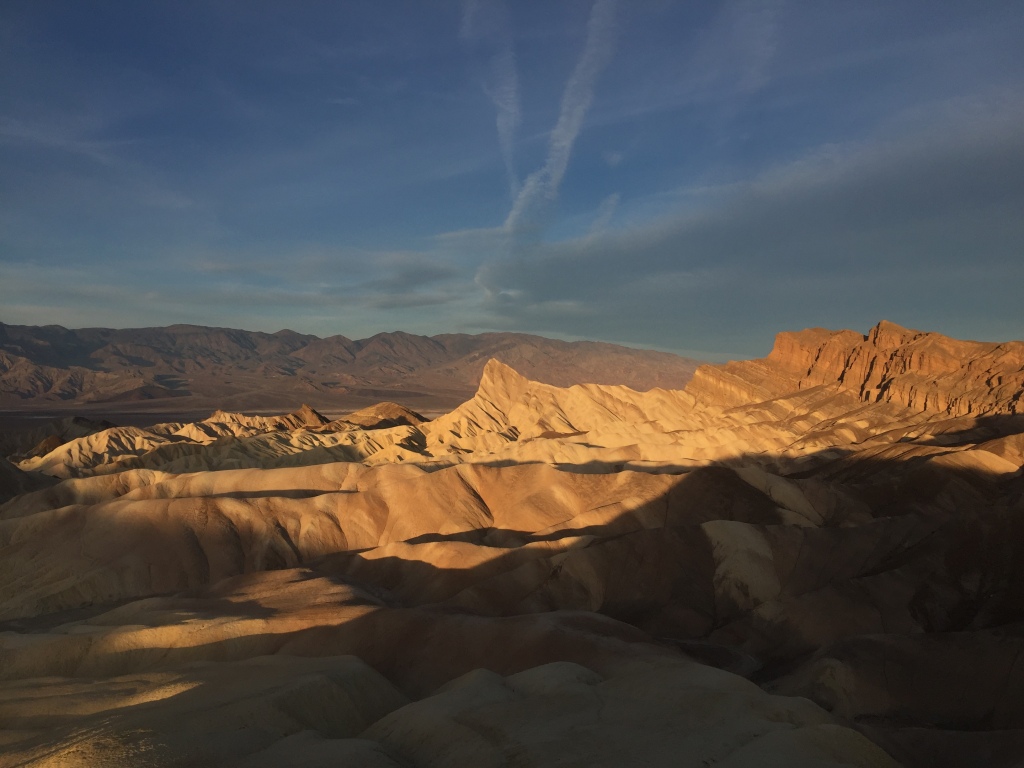
It’s National Park Week! As I head toward the next national park on my account of the Arizona Trail, Walnut Canyon National Monument, I wanted to stop and address one thing that is the source of a lot of misconceptions and questions about the National Park System.
Just what is the difference between all those national park designations, anyway?


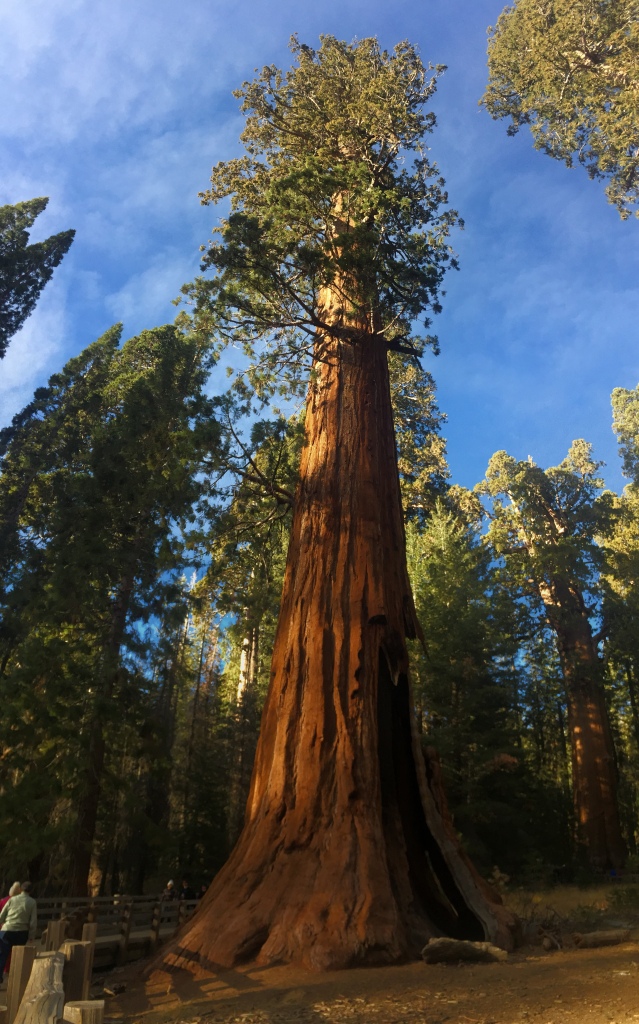
First, an important observation here. I realize that this is an age where things like nuance and capitalization are treated as irrelevant or unimportant. On this note, such things are often critical, because we are dealing with laws and presidential actions.
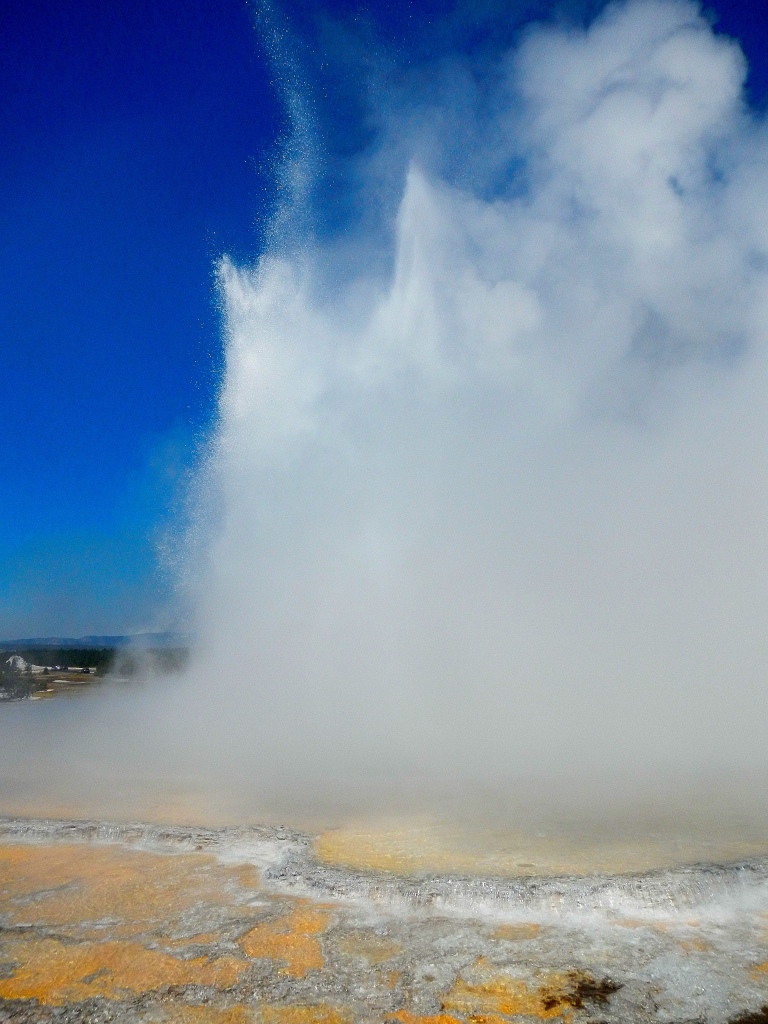
National Park Service Designations
OK, some background. For those who aren’t aware, the National Park System has a variety of designations for its component parks:
National Park
National Monument
National Preserve
National Reserve
National Seashore
National Lakeshore
National River
National River & Reccreation Area
Wild River
Wild and Scenic River
National Scenic River
National Scenic Riverways
Scenic & Recreational River
National Historical Reserve
National Scenic Trail
National Military Park
National Battlefield
National Battlefield Site
National Battlefield Park
National Historical Park
National Historic Site
International Historic Site
National Memorial
National Recreation Area
National Parkways
National Park for the Performing Arts
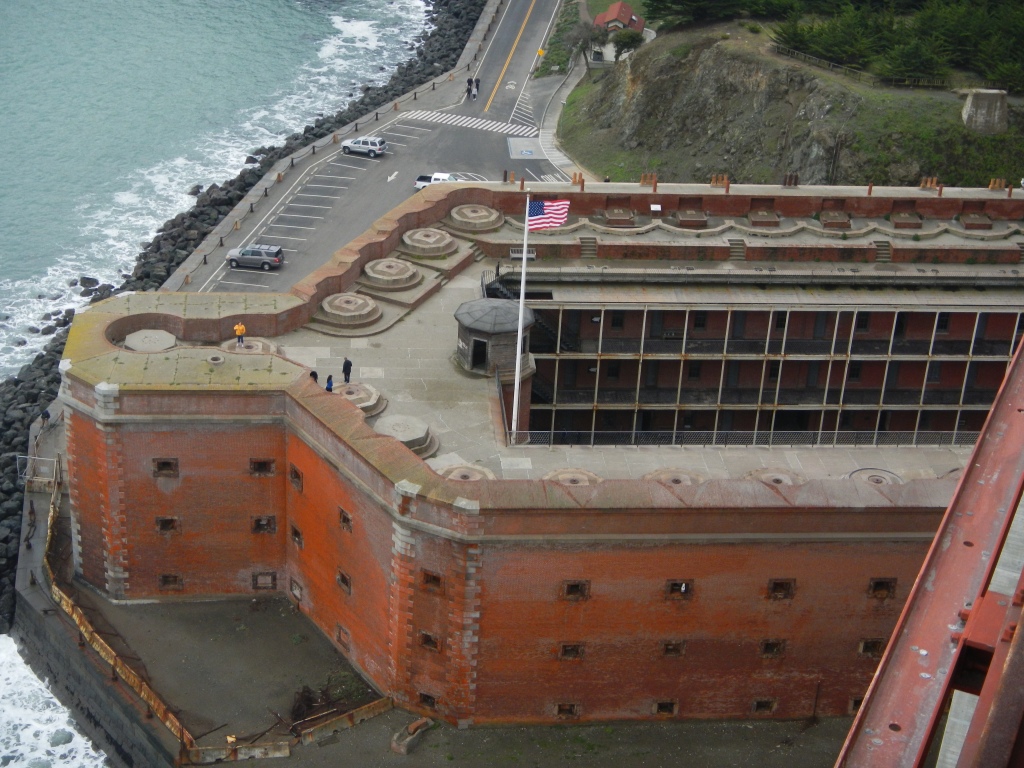
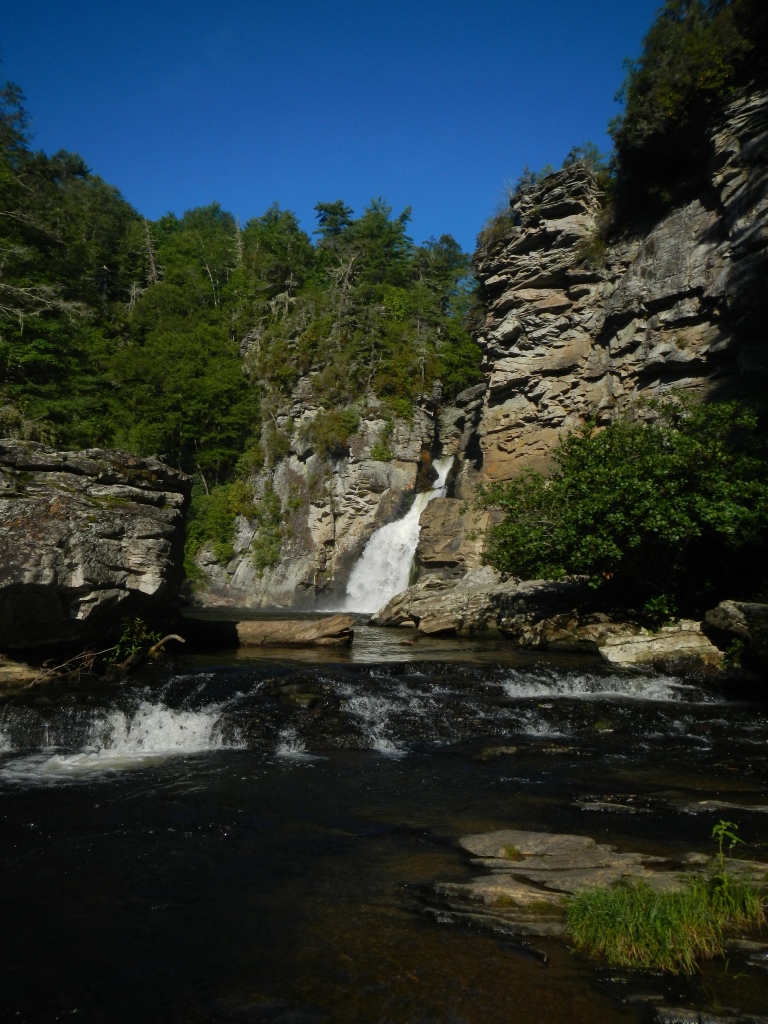
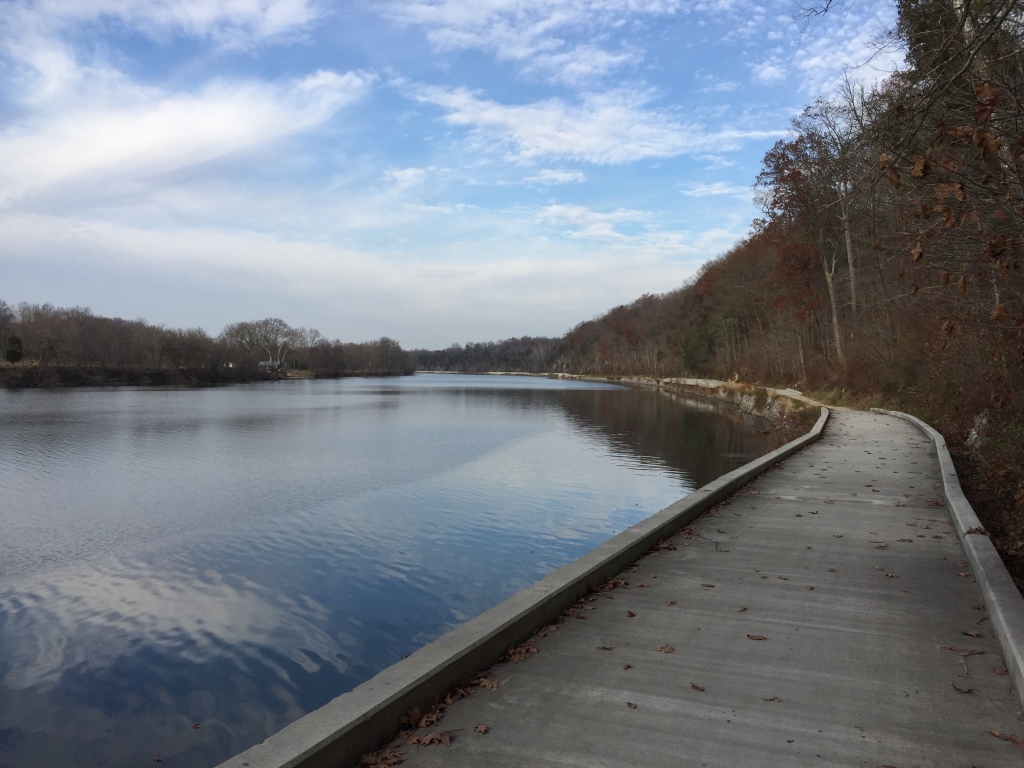
Whew. That’s quite the list! Just for an added twist, some parks contain multiple designations in one contiguous area. For example, the North Cascades National Park Service Complex includes not only the National Park but also two contiguous National Recreation Areas, Ross Lake and Lake Chelan. More on that to come. Many parks in Alaska and at least two in the lower 48 (Great Sand Dunes and New River Gorge) contain both National Parks and National Preserves, which each count as two national park units – the Park and the Preserve.

All of the above designations can be created by an Act of Congress. Congress can name a park anything it wants. It could name a park the National Playground or National Backyard if it wanted. It would be kind of ridicuous, but it could do it.
Now, National Monuments. How about those?

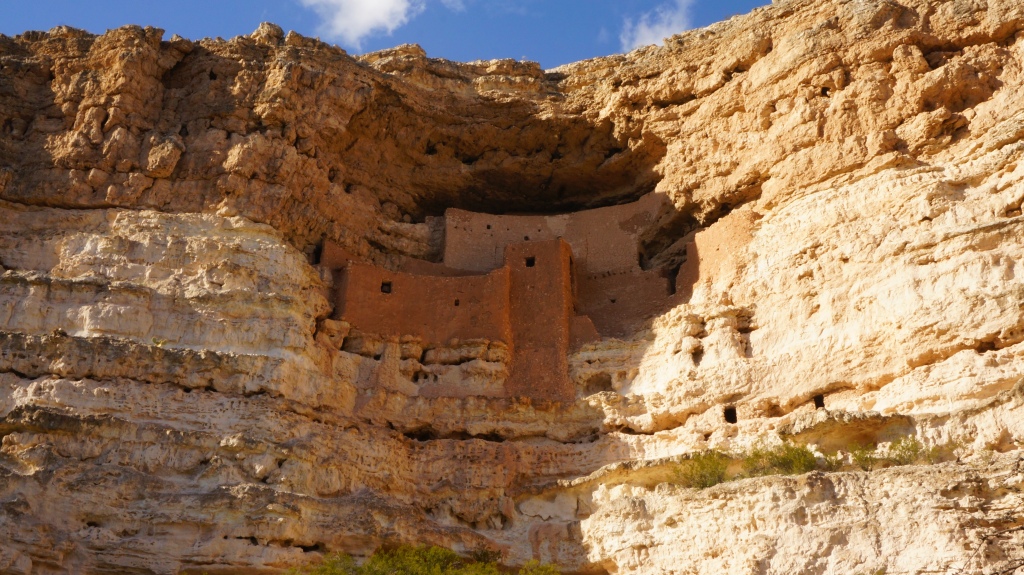
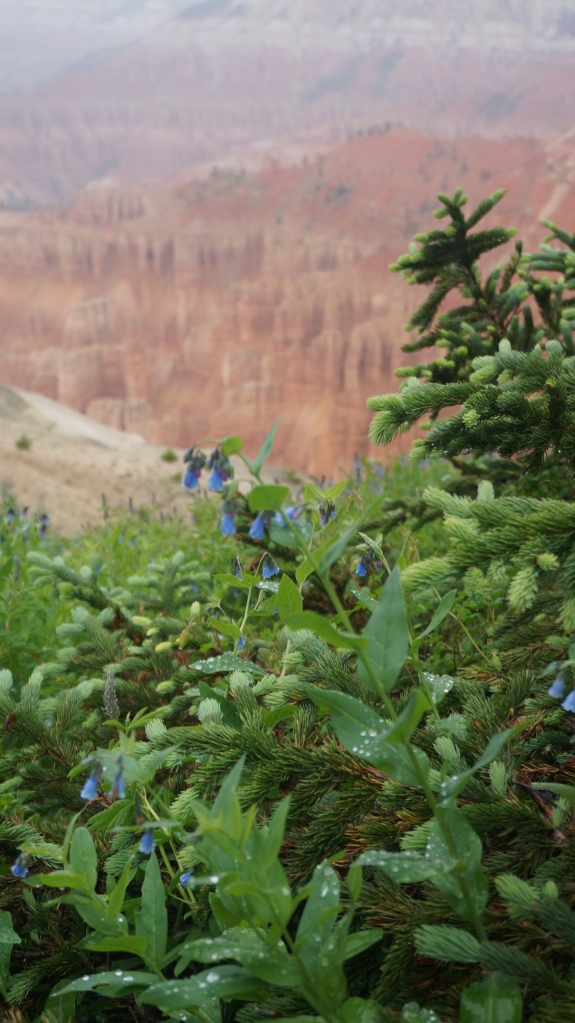
National Monuments
Well, the Antiquities Act of 1906 grants the President the authority to create parks from previously owned public lands, and under the law such sites automatically receive the designation of National Monument regardless of their characteristics. Most are smaller sites, focused on a single resource. A great example of this is Jewel Cave National Monument in the Black Hills of South Dakota. It primarily protect the cave beneath the surface; the surface area is relatively limited in size. Other examples include areas like the Statue of Liberty.
Congress Can Name A National Park Anything – including ”National Monument”
But, there are some important caveats here! First, as noted, Congress can name a park anything it wants, and at least one National Monument has been created by an Act of Congress, not a Presidential Proclamation under the Antiquities Act – George Washington’s Birthplace National Monument in Virginia.
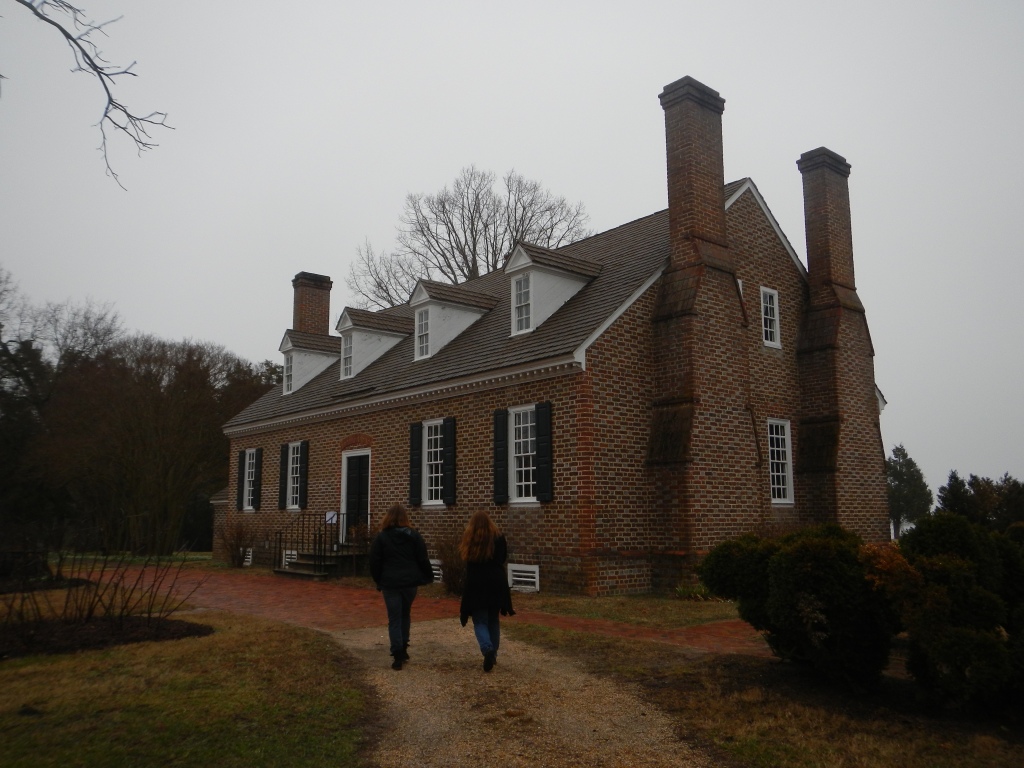
Not All National Monuments are Small
Second, not all National Monuments created by Presidential Proclamation are small – some, despite meeting the legal size requirement to be limited in scope to the “proper care and management of the objects to be protected” are larger than some National Parks, partially due to the scale of the landscape and “objects to be protected,” and partially due to recent decisions by Congress to rename two relatively small sites, Gateway Arch and Indiana Dunes, as National Parks. Organ Pipe Cactus and Chiricahua National Monument are both substantially larger than either. (I think the characteristics of both make them better suited to be National Parks, personally, but Congress has not taken action to make that change and wouldn’t impact the standing of either, as we will establish, just clarify their resources more.)
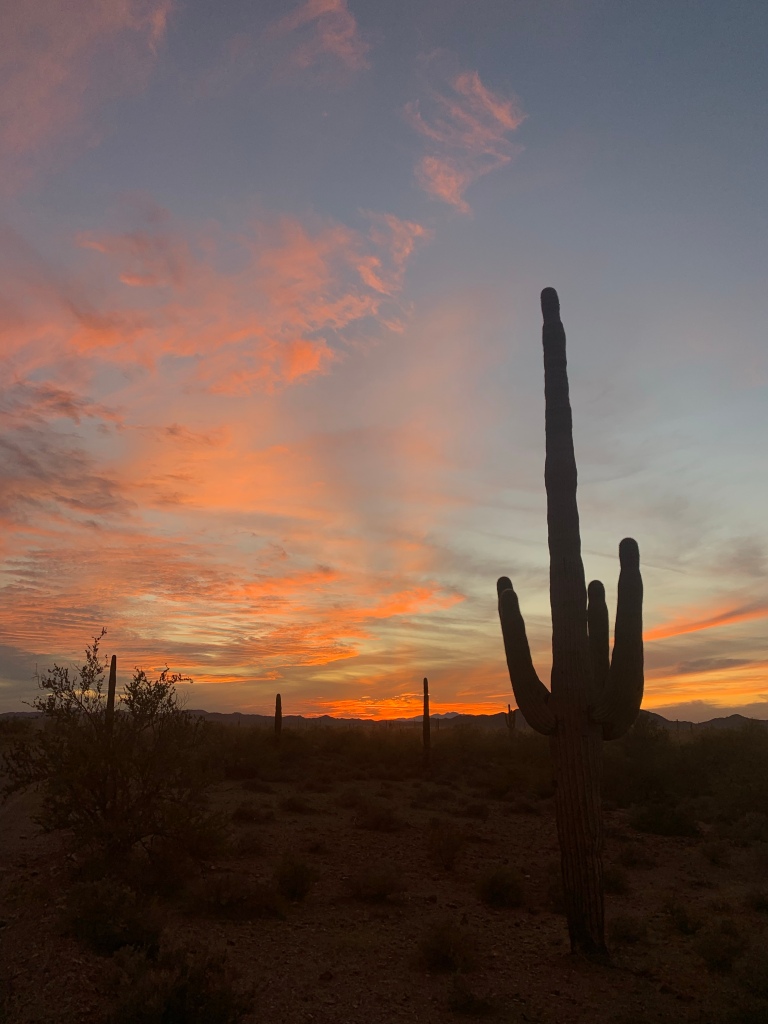
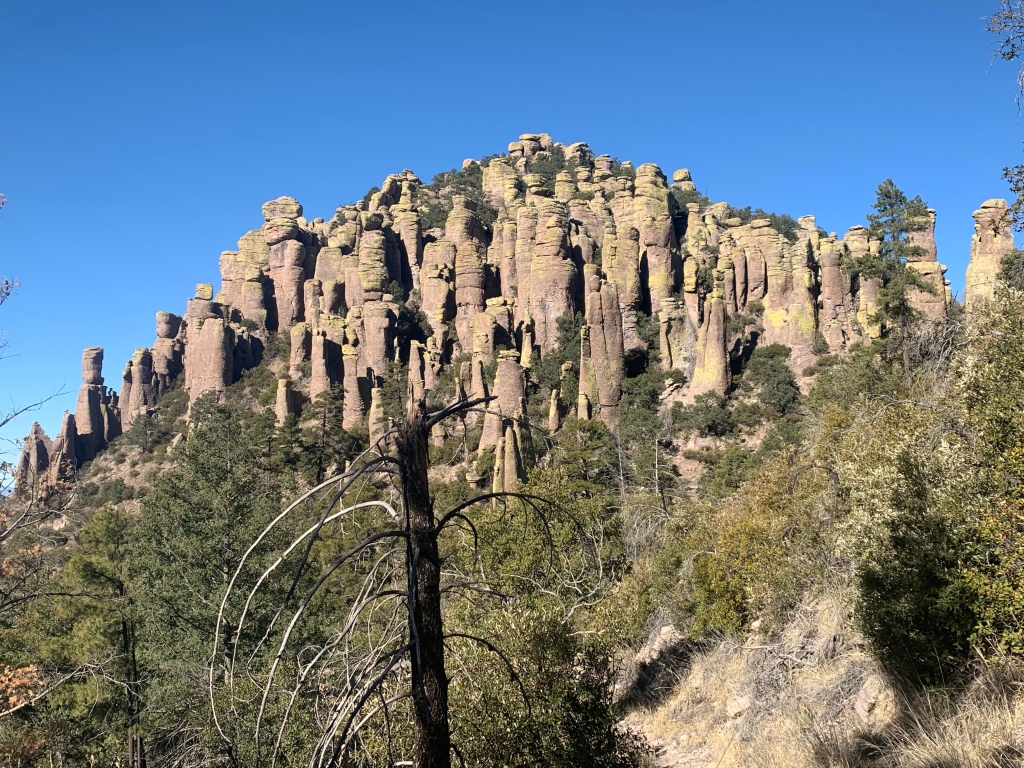
Not All National Monuments are NPS-managed
Third, not all National Monuments are managed by the National Park Service. This is important because other land management agencies have different missions, which may be either more multiple use (Forest Service, Bureau of Land Management) or more resource protection (Fish & Wildlife Service) than the Park Service is, which is primarily resource protection with a dose of public recreation and access thrown in to allow the public to experience the protected resources – “for the benefit and enjoyment of the people,” as the Act creating Yellowstone famously proclaimed. Vermilion Cliffs National Monument, Grand Staircase National Monument, and Gold Butte National Monument are examples of BLM National Monuments. Misty Fjords National Monument in Alaska is an example of a US Forest Service National Monument. Bears Ears National Monument in Utah is joint BLM/USFS; Grand Canyon-Parashant National Monument in Arizona is joint BLM and NPS. More on this separately.
Designation Meanings
Different designations generally reflect the core resource or landscape of the site. National Seashores and Lakeshores largely contain spectacular stretches of coastline; the various battlefield designations (National Battlefield Park, National Battlefield, National Military Park, National Battlefield Site, and, in one or two cases, National Historical Park) protect historic battlefields; National Historical Parks and Sites generally protect historic areas, with the primary difference between those two being the relative size of the park, etc. National Parks generally contain a variety of resources, what the Park Service would term “multiple resources,” typically both natural and cultural, and thus tell a diverse story.
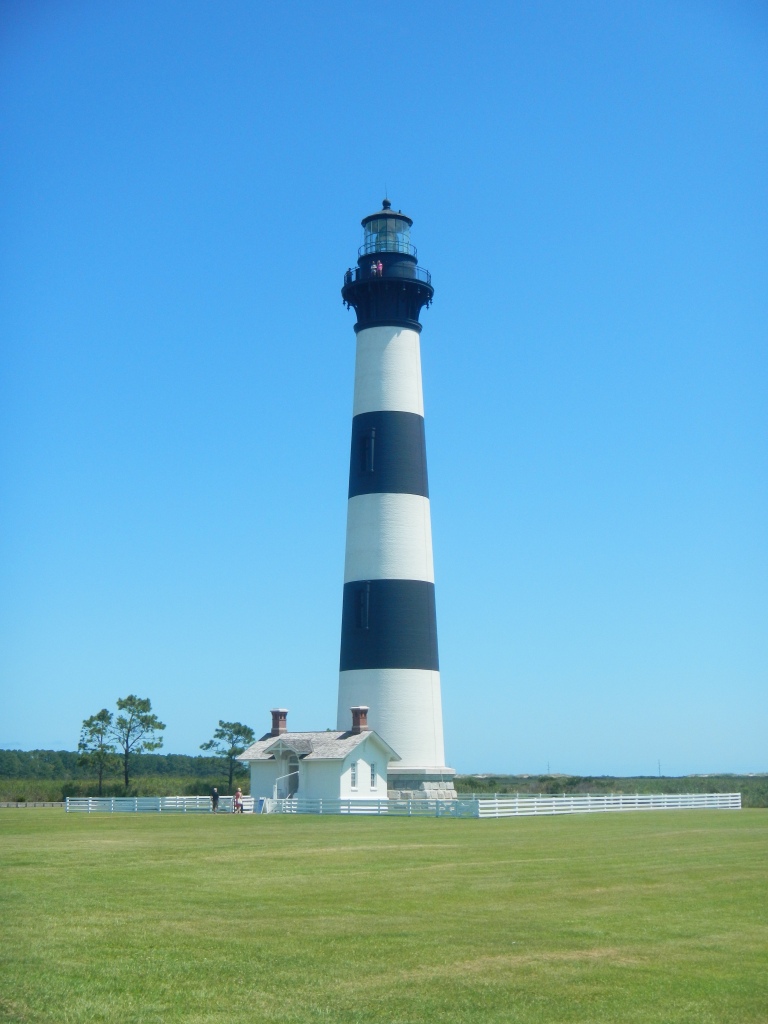
The key words here, however, are “largely” and “generally.” Why? Because there is, despite public perception and common belief, no actual legal dfference between the different designations; there is no law that defines legal characteristics for each designation. As noted above, Congress can name something anything that it wants. Gateway Arch National Park, for example, protects an almost exclusively cultural landscape. Mesa Verde National Park protects a primarily cultural landscape, albeit in a beautiful setting in southwest Colorado.

There’s one rough exception. National Preserves and National Reserves are a unique designation that often allow additional resource activities that would be prohibited in the other designations.
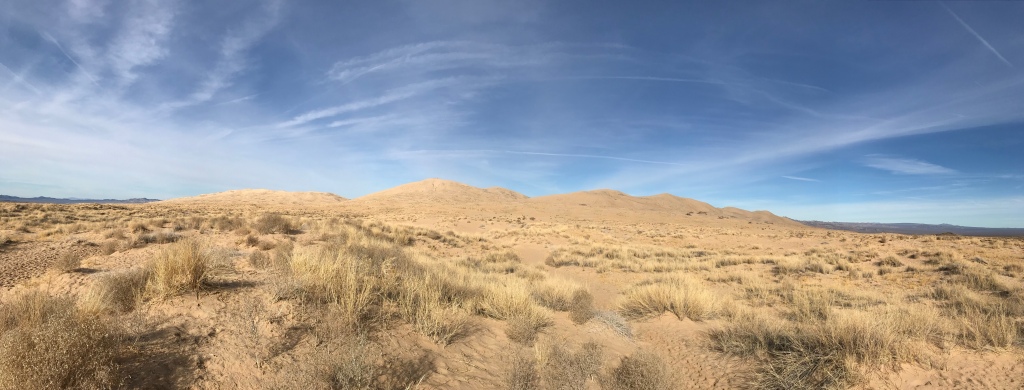
Now that we’ve gone over the designations, what misconceptions might you hear about these?
”National Parks are a Higher Status” or ”the park was upgraded to a National Park”
Well, first and foremost, you might hear some suggest that there is a status difference between them – notably, that National Parks are a higher “status” or an “upgrade.” This manifests in two ways. The first is the belief that there is some kind of hierarchy within the park system. This is what drove the redesignation of parks like Gateway Arch (formerly Jefferson National Expansion Memorial). And I admit, it’s a misconception I fell for myself at one time.
However, its not true.
The mission of the Park Service is identical regardless of designation. The management is largely identical, and differences are generally due to other parts of founding legislation, not the designation*. Most parks regardless of designation prohibit the gathering of resources within the park, but while Cape Hatteras National Seashore allows the gathering of seashells, Grand Canyon National Park also allows the gathering of pinyon pine nuts. Many parks in Alaska allow subsistence use by native communities with connections to the park.
The authorization for parks to allow such activities is written into other parts of the founding legislation, and is unrelated to the designation itself (as evidenced by the fact that both a National Park and National Seashore allow a variation on a similar activity). When parks such as Gateway Arch, Cuyahoga Valley, and Indiana Dunes were redesignated, all that changed was the letterhead and signage (and visitation). For this reason, when names are changed or a park of a different designation is renamed a National Park, “redesignation” is a more appropriate phrase than “upgrade.”
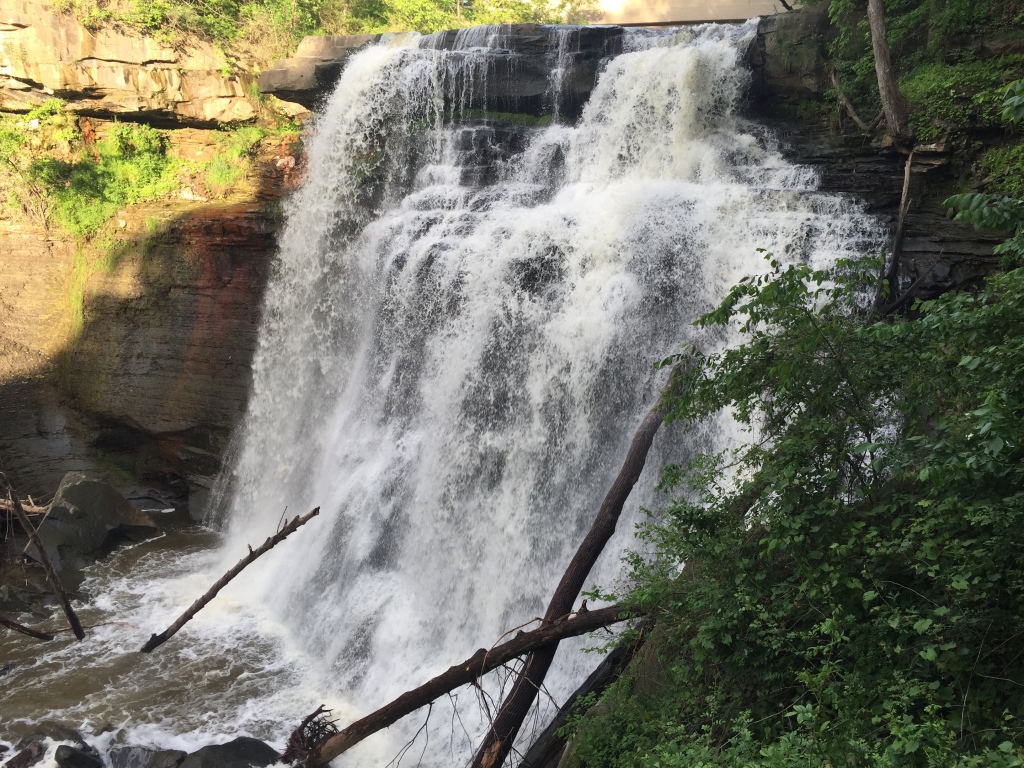
”National Parks are More Protected”
The second manifestation is that there is a difference in legal protections or legal status between the designations established by Congress and National Monuments. Now, I will observe that it many national parks start as National Monuments and are later further established by Congress, but there is a solid legal argument that since National Monuments are established through a path established by Congress and since the Antiquities Act, their legal status is identical to that of a park established directly through an Act of Congress. Major modifications thus have to be made to the site by Congress once established, just like with all other sites, rather than by the President. There is material in the Congressional Record and further legislation since (the Federal Land Management Policy Act of 1976) to back up Congressional intent on this matter.
It’s also easy when visiting an area like the Black Hills to compare somewhere like the previously mentioned Jewel Cave National Monument to the nearby Wind Cave National Park. And it is true that Wind Cave received its designation due in part to the 30,000+ acres that Wind Cave protects on the surface in addition to the cave beneath. While Wind Cave and its surface of mixed grass prairie and 450 pure bison are unquestioningly magnificent, the two parks should be viewed based on their individual characteristics. Wind Cave didn’t receive its designation because of anything it had that Jewel Cave didn’t, nor vice versa. They each received their designations because of the legal means through which the parks were established, and because of the characteristics of the individual site.

”National Parks are different from national park units”
You might also hear some people say that “national parks are different from national park units.” Well, yes – but all 424 parks are units of the park system, including all 62 National Parks. Indeed, the better way to distinguish between the two is to use capitalization to indicate the 62 Congressionally-designated National Parks, since it is an official title granted by Congress, whereas the lowercase “national parks” usually refers to all 424. NPS often reserves the term “unit” for a subsidiary part of one of the 424 parks, such as the “North Unit of Theodore Roosevelt National Park.” You will occasionally see this used as a difference, however there is a fine line to walk without suggesting that a hierarchy exists, so I personally am not a fan of this particular method of differentiating them.

How about all those battlefield designations?
Lastly, as further evidence of the relative insignificance of most designations, there are at least 5 designations for battlefields, as referenced above. As a native of northern Virginia, I’ve been to many of them. The difference between them (other than the obviously smaller National Battlefield Site) is extremely limited, to the point of being practically nonexistent. If designations were truly impactful, this would not be the case. Indeed, I believe that one of the simplest ways to streamline park nomenclature would be to establish one designation for all battlefields. I favor “National Battlefield Park,” which makes both the primary resource and the National Park Service connection clear, but I’m open to other thoughts as well on that matter.

The Case of North Cascades
I also mentioned North Cascades above. The three parks that make up the North Cascades National Park Service Complex are the product of compromise and politics and show how those processes influence designations and park establishment. When the park was initially proposed, the entirety of the North Cascades complex was within the National Park. But residents of the town of Stehekin were concerned – likely due to some of the misconceptions above, in part – about the implications of living within the border of a National Park. So that area was drawn into Lake Chelan National Recreation Area.
In addition, the state of Washington wanted to build a road across the area, but park advocates wanted the park to maintain a wilderness character. So the road corridor became part of Ross Lake National Recreation Area, dividing the National Park itself into the North and South Units and accessed only by hiking trails and one short 6 mile spur road. Many visitors never actually cross into Park itself. Yet, all three parks are managed together as one unit despite their different designations. The different designations are the result of politics, not status or any other reason.
Summary: “A Rose by Any Other Name”
I hope this clarifies park designations somewhat. It’s important to remember that at their core the parks represent, protect, and interpret the shared natural, cultural, and historical story of America, beautiful and ugly. And the name a park receives as part of its role in telling that story is relatively limited in impact relative to the story itself. As Shakespeare famously wrote, “a rose by any other name would smell as sweet.”
Have you been subject to any of these misconceptions over the years, as I was at one time? What do you think could be done by Congress to clarify such misconceptions and confusion that might result from the various nomenclature that is currently employed?
*with the exception, again, of National Preserves and National Reserves.
Dave
Kudos for doing a very nice job of tackling a very complex, and annoyingly fluid, topic.
My count of “NPS Units Visited” currently sits at 328 of the (for the time being) 424-unit monster that I have been chipping away at for decades and will likely never conquer.
To keep track of my quest (which is, to say the least, a constantly moving target) I maintain and periodically update a spreadsheet of the ever-changing NPS units using this link on the NPS website.
https://www.nps.gov/aboutus/national-park-system.htm
For me, this site and the link to “recent changes in the national park system” that is contained within it, is the bible, and it helps me keep up not only with the newly designated units but also with the frequent (and annoyingly opaque) changes in unit designations. For example, the designation for Pullman National Monument recently changed to Pullman National Historical Park.
Perhaps the most difficult designations for me to understand and keep up with are the (currently) 11 “other” designations (which I call the “park parks”) that are mostly in and around Washington D.C. Some of these, like Catoctin Mountain Park in Maryland and Prince William Park in Virginia are fairly substantial parks that began as WPA work camps in the 1930s (fun fact to know: Camp David is contained with Catoctin Mountain Park). But one of those 11 “Other Units”, “National Capital Parks -East”, consists of dozens of pocket parks scattered around D.C. and Maryland that are, collectively, considered to be “a single unit” of the NPS. Similarly, the “National Mall and Memorial Parks”, is another of those 11 “Other” units and various monuments & memorials in D.C. However, to add to the confusion, the White House, the new Eisenhower statue, the Lincoln Memorial, etc. are not part of this group. They are each considered separate NPS units, each of them being one of the 31 NPS units with the “Memorial” designation that also includes, for example, the Pearl Harbor National Memorial in Hawaii and the Port Chicago Naval Magazine National Memorial in California (which is very difficult to visit because it is on a secure military base).
As you point out, the nomenclature of the various military parks and battlefields is also confusing and, seemingly, nonsensical.
Here’s a link to a somewhat dated article that seems to do a pretty good job of sorting this out, explaining for example how the military parks were created prior to the creation of the NPS (in 1916) and were initially managed by the War (now Defense) Department.
http://npshistory.com/publications/butowsky6/index.htm
Bottom line, it’s very confusing. Over time I’ve tried to just accept that and not spend too much obsessing on it.
Having said that, I will quibble with one point that you made. While Great Sand Dunes in Colorado is two separate units (the National Park and the National Preserve) New River Gorge National Park and Preserve in West Virginia is counted as a single unit, as is Jean Lafitte National Historical Park and Preserve in Louisiana.
דירות דיסקרטיות בירושלים — israelnightclub.com
I have to thank you for the efforts you have put in penning this website. Im hoping to see the same high-grade content by you in the future as well. In truth, your creative writing abilities has motivated me to get my own website now 😉
xlcrgirl
This was so informative for me great job
John
This is the best summary of NPS designations and management implications I have seen. Thanks!
tolarryblake
One rather annoying difference is that the different agencies don’t acknowledge each other. For example, if you go to the NPS website and view their state maps because you want to know what Parks and Monuments you can see as you’re driving through an area, you won’t see the ones managed by BLM or USFS. Try finding anything about Bears’ Ears on nps dot gov . It’s not there.
Aspen
That’s a great thought. I’ll write a separate post on the different land management agencies and how & why different agencies manage public land differently,because it’s a very easily overlooked but important point. But you make a great crossover point that it can be easy to get siloed in thinking and information provision, particularly when dealing in impersonal spheres of information. I’m not sure that a full page on a site not managed by NPS would work on a website dedicated to NPS parks, but at least a reference or direction pointing to resources on other sites, pointing interested parties in the right direction for information – that I could see. I wonder if there are…other reasons why Bears Ears information may be difficult to find right now, and if that may change in the near future the way information and access became much more available about Katahdin Woods & Waters in Maine when the governor changed in 2018.
tolarryblake
I agree with you about Bears’ Ears, but it’s not the only example. Same with Sabino Canyon National Recreation Area in Tucson, managed by the Forest Service.